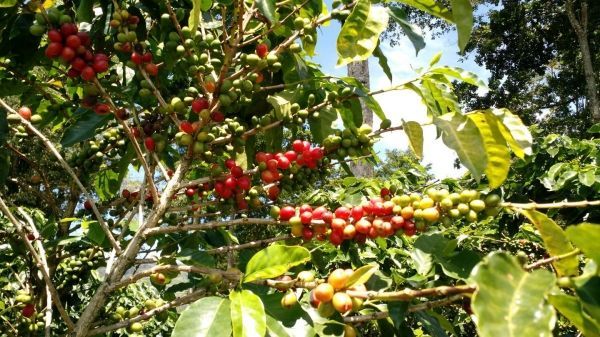Global demand for coffee and cocoa is on the rise. Yet across the equatorial belt where these two crops are produced, the future is not looking bright. Climate change in the tropics is pushing coffee and cocoa closer to the limits of physiological tolerance and constraining the places where they can grow in the future.
A new study examines future climate scenarios in Mesoamerica and how they could affect the distribution of these crops from Panama to Central Mexico. Coffee production, especially of the Arabica coffee, will likely decrease as global warming and extreme weather events reduce the geographical areas where it grows best, and increase susceptibility to pest and disease outbreaks – coffee leaf rust affected 70% of the coffee farms in Central America in 2017. Cocoa may have a more positive future. The study concludes that half of the current coffee plantations that are vulnerable to global warming in the future could be replaced by cocoa. "This opens a window of opportunity for climate change adaptation" highlights Kauê de Sousa, Research Fellow and leading author of the study. "The interest of smallholder farmers in cocoa is growing, driven by the vulnerability of coffee in the changing climate. Now we have to build capacity among smallholders to adapt their crop systems successfully" continues de Sousa.
Both crops are mostly grown under agroforestry management – where trees are incorporated into farming systems. "Coffee and cocoa are both traditionally grown under tree shade in order to reduce heat stress and conserve soil, but the shade trees are typically ignored in most future climate change studies," says Roeland Kindt, Senior Ecologist at World Agroforestry. The agroforestry approach also brings additional ecosystem services, which make the production system more resilient, for example, by conserving water and providing habitats for birds and insects which can act as natural pest predators.
Read more at Bioversity International
Image: Coffee and cocoa are both traditionally grown under tree shade in order to reduce heat stress and conserve soil. (Credit: Bioversity International/K.DeSousa)


